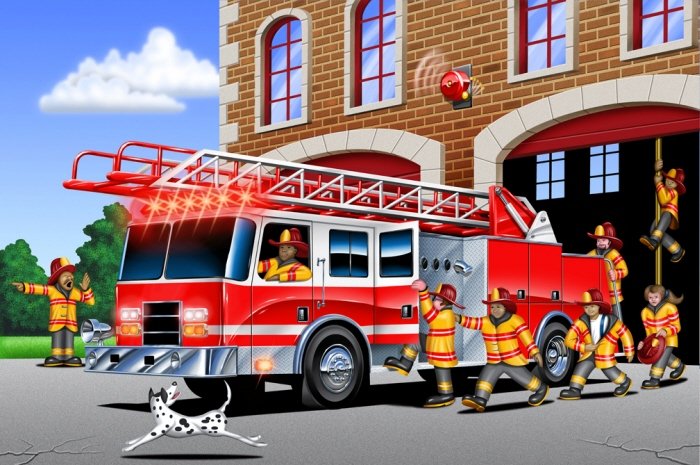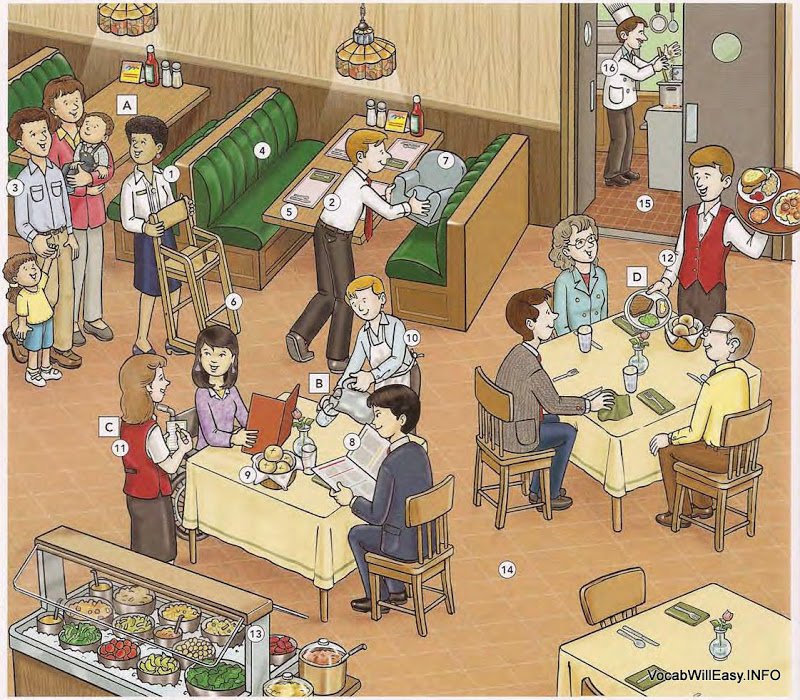Your language-teaching mission, should you choose to accept it, is to expand students’ vocabulary and encourage linguistic teamwork by playing the alphabet game.
This one is a twist on a classic car-ride game! I like to use it for the first or second day of the semester as it’s a great way to “warm up” students’ brains if they haven’t been thinking about the target language for a while, and it can also be a fun creativity starter for any day of the year.
Step One: Divide students into groups. This can be done individually, but it won’t be as much fun!
Step Two: Give students a large piece of paper/chart paper with the letters of the alphabet. When a signal is given, they can start writing. They should work fast, as it’s a race to the finish!
Example of an alphabet themed by food with illustrations. Source: https://www.jenniferhines.design/food-alphabet-illustration-series
Step Three: Students write a word that starts with each letter of the alphabet in the target language. This can be general for lower levels (literally any word except for proper nouns) or more specific for more advanced learners (adjectives, words within a theme, words longer than 5 letters, etc.)
You might feel like this might be too easy for your students, but I promise you, it’s actually not. That’s for the same reason that I know I love books, and have read literally thousands of them. However, ask me to write a title of a book I’ve read for each letter of the alphabet, and my mind goes blank, as if I’ve never seen a book in my life! It’s the same with students and vocabulary, especially at the beginning of a semester.
Step Four: Once one of the groups finishes their entire alphabet, they call “Time!” and then everyone has to put their pens down. Then the scoring begins as each group shares their words with the class. The group gets a point for a word IF NO ONE ELSE WROTE IT AS WELL. For example, say there are six groups in an ELL class, and Group A wrote “Apple”, Group B wrote “Anaconda”, Group C wrote “Advil”, Group D wrote “Adoort”, Group E wrote “Apple” and Group F left their space blank. Only Group B would get a point: Group A and E had the same word, Group C used a proper noun, Group D didn’t write an English word, and Group F didn’t provide a word in time.
Step Five: Continue going through the alphabet as a class and groups self-score as they go. This can be a great opportunity for impromptu vocabulary and grammar lessons. For example, when I do this exercise with my French students they struggle with thinking of words that begin with ‘k’ or ‘z’ that their classmates may not know. I like to share what I think is one of the cruelest words in French: ‘zozoter’, which means ‘to lisp’ but is impossible for someone with a lisp to actually say! It’s also interesting to see what words your students bring to the table; maybe they love reading about animals and have a bunch of French animal vocabulary. I find that students enjoy the game because it’s low stakes, involves group work, and does challenge them to think beyond the basic vocabulary.
This can be a good game to have up your sleeve for substitutes, since once they’ve played it, students don’t need further instructions. As the teacher, you can also play on your own paper, and students can try and ‘beat the teacher’. I also like to keep the papers from the beginning of the year, and then play the alphabet game at the end of the year as a fun wrap-up. Then I put up their sheets from the beginning of the year, compare them to our most recent version, and we all admire how much more expansive our vocabulary has become!
Image: https://improvgames.com/alphabet-2/ (Note: I’d change “Darlene” to “Darling” in the fourth speech bubble, since the scene already established the name Betsy)
IMPROV ADAPTATION: There is a popular improv game also called the ‘Alphabet Game’ which is based on similar principles. This, in contrast to the written “Alphabet Game” above, is quite difficult because you need to stick to the context of the scene, react to the previous sentence, and have it all make sense! I’d say this is for advanced learners, but worth a try with eager (and willing to fail and start again) intermediate learners!
My favorite descriptor of the game is from Improvgames.com because eagle eyes will notice that they do the whole post in a meta-style, starting each sentence with the first letter of the alphabet. (Note: You could do a similar adaptation as a written game for students, using it for a quickwrite prompt, for example!) There is also an elimination version of this game, which allows more than two people to play the game at the same time (as demonstrated in this video by Splash Games).
UPDATE: I saw this great visual brain teaser about all the letters of the alphabet, which could make a fun starter to this starter! Answers can be found at the thinkaboutmaps Instagram page.
Have you played this before? Are there any variations that you recommend to make this easier, harder, or more interesting? Share in the comments!




























